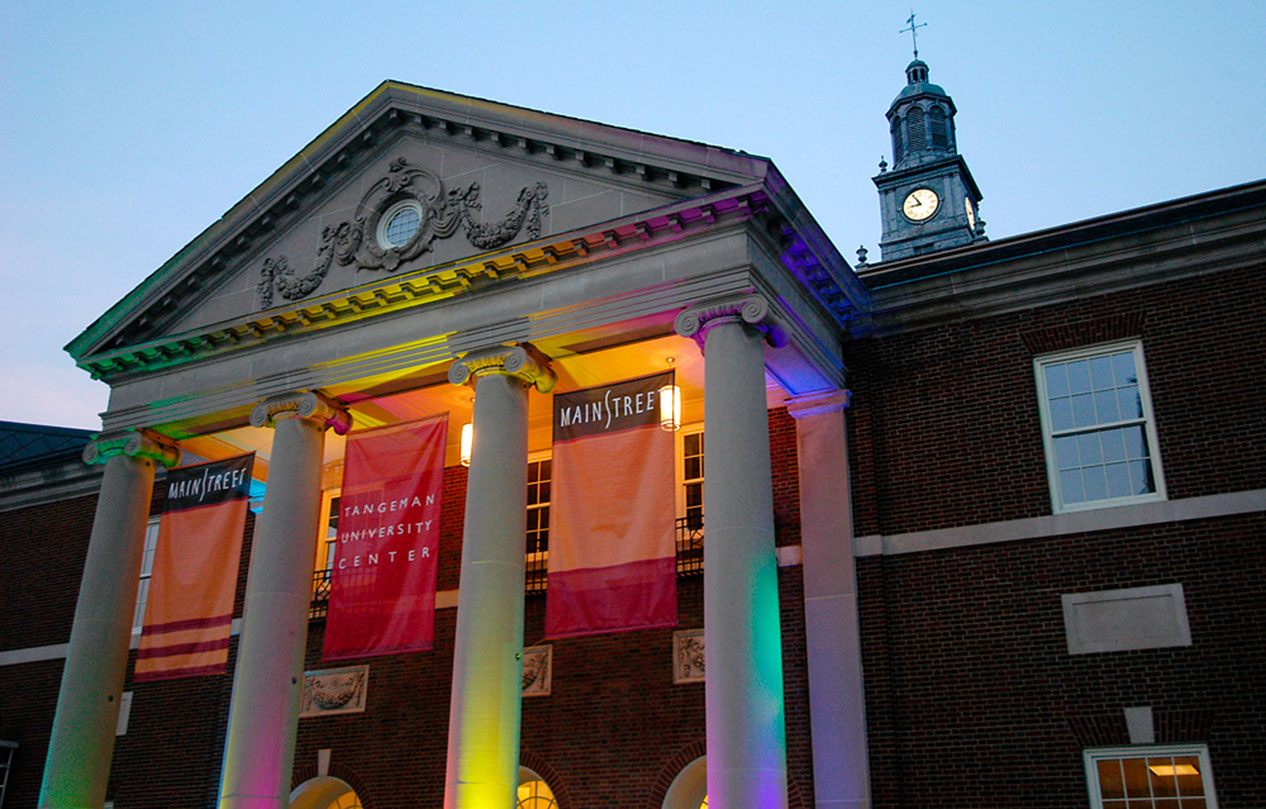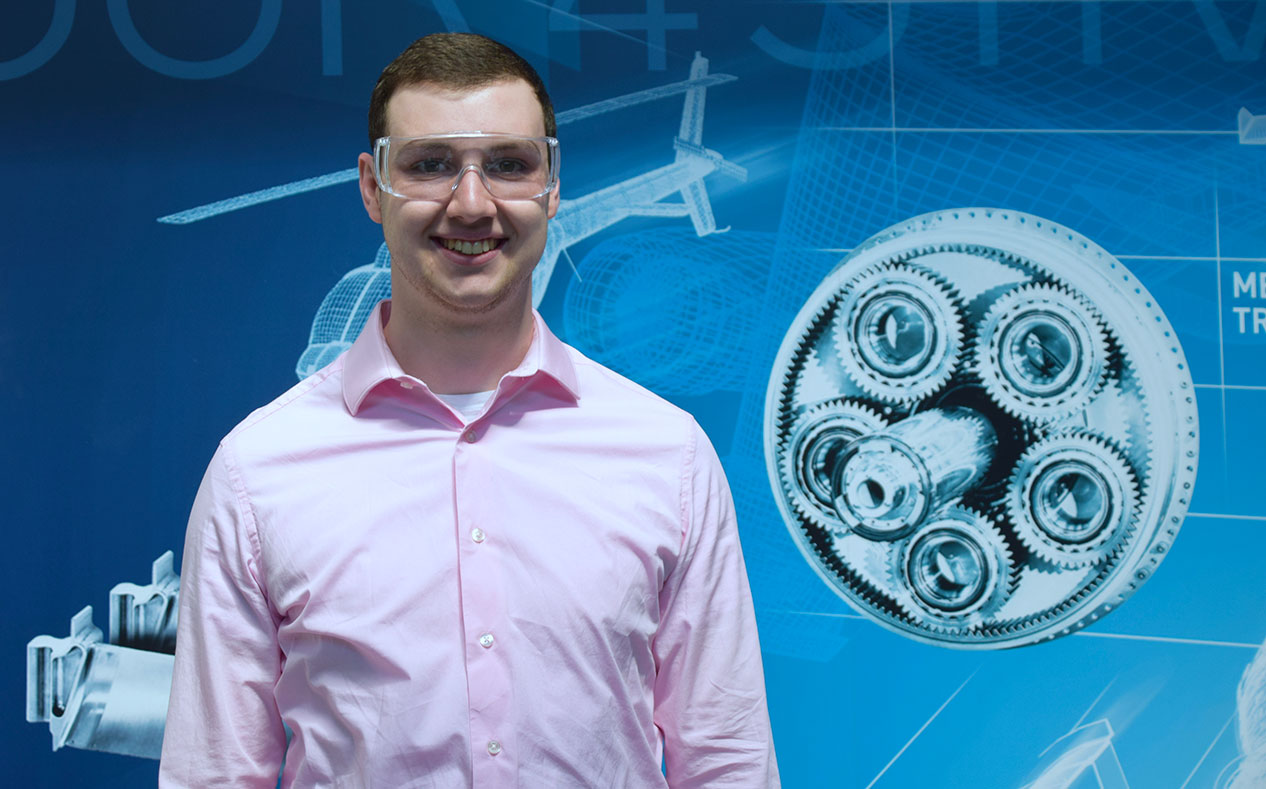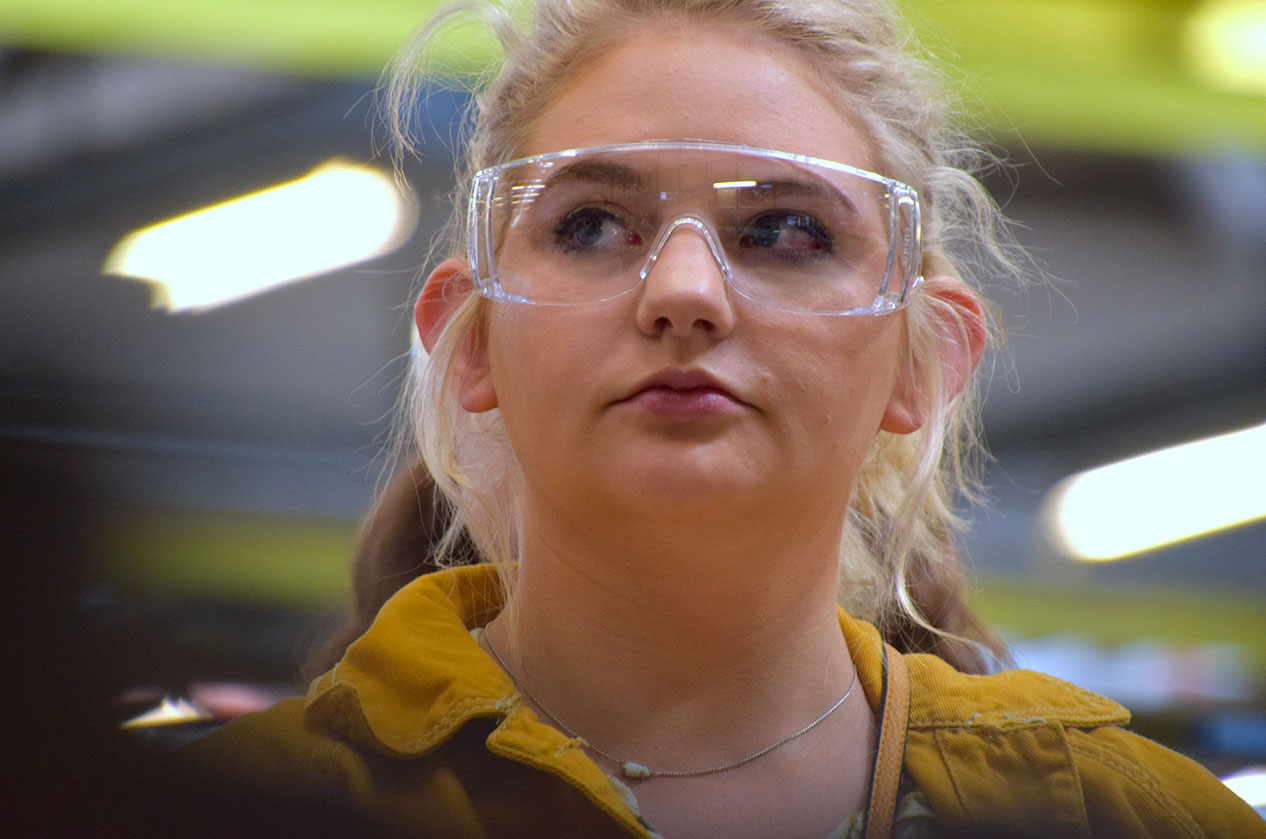Future
We are family
Collaboration with universities that fosters and encourages talent as well as innovative technologies is part of both the GE and Avio Aero DNA, as it is witnessed by this story of mutual discovery.
May 2019
Six years have passed since Avio Aero became part of the GE Aviation family in August 2013, and since then our DNA is one of the key elements that keeps us together, just like a family with its members living in different countries. Indeed, Avio Aero shares with its parent company not only processes, challenges and industrial objectives, but most of all: priorities and global vision.
Amongst priorities that hold us most closely, there’s an important one that addresses the challenges of the third millennium: investing in youth and talents through a strong network of relationships with leading universities and international research centers. Avio Aero has active collaborations with the best Italian and European universities. Likewise, GE Aviation has a network of collaborations with universities and centers across the American continent: obviously, one of the longest lasting connections of this kind resides in the very place where its headquarters are located, in Evendale, just outside the city of Cincinnati.
Last month, two members of this global family - one at the GE Aviation headquarters in Evendale and one at the Avio Aero headquarters in Rivalta di Torino - in addition to sharing (like the rest of the family) common objectives and working in synergy, found an opportunity to exchange new relationships. Specifically, Steve Ross and Viviano Manzoni, who are both working on the brand-new GE9X engine program (one from Engineering and the other from Program Management), virtuously exploited their "kinship" to allow a group of American students to visit the Italian plant in Rivalta.
Steve Ross, like many of his colleagues, graduated from the University of Cincinnati, and is also an adjunct professor at the University Cincinnati. Steve provided his colleagues at the University of Cincinnati an introduction to Viviano Manzoni. Viviano Manzoni graciously provided the help necessary to achieve the students and professors' wish to see the largest Avio Aero factory first hand. Maureen Schomaker, Associate Professor, at the University of Cincinnati, and Emily Frazier, Assistant Professor, led the short-term study abroad course consisting of 17 students. This study abroad course included visits to industry to allow students the opportunity to visit global companies and discuss competencies necessary for students to be successful in a global economy.
The University of Cincinnati’s collaboration with GE Aviation has existed for more than 50 years, with over 10,000 of their students having participated in the General Electric cooperative education program. The "co-op education" program was launched in 1906 and provides students in a variety of faculties to participate in multiple work experiences before graduation.
Students have the opportunity to engage in experiential learning for five semesters in which they are assessed and mentored in the workplace. Students may choose co-op positions from over 1,200 companies, located in 50 U.S. states and over 12 different countries. It is within this context, focusing on the integration of learning with opportunities to study abroad, that seventeen of the best young students from Cincinnati have crossed the Rivalta plant doors and have had the opportunity to participate in an extraordinary European tour.
The European short-term study abroad organized by the university aims to grow the young people through the combination of cultural visits and stops at universities and industrial centers on the continent. As Professor Schomaker says, the study abroad was designed to open the students' minds to different cultures and to help them understand how such new experience can be a means of personal growth.
"Once back in the United States, we will test their cultural quotient against the tests completed prior to the study abroad course. We want students to realize that we live in a global society with more to it than just the United States," explains the professor.
The students attending the short-term study abroad course were from various faculties: from aerospace engineering, to marketing, architecture, political science and fine arts. The variety of selection was by no means accidental, as Professor Schomaker tells: "Each student was chosen because he or she has different perspectives, and giving all of them the opportunity to confront a field they do not necessarily know, that will help them to grow and understand from their perspective how this can correlate and enrich their own world".
For Jared Smith, an aerospace engineering student, the visit was (as one would expect) extremely exciting. "I was impressed by the size, modernity and organization of all the areas. The plant has such an innovative design and is so different from where I started working. There we used simple whiteboards to keep track of requirements, efficiencies and deadlines while, here, your level of digitization and work organization seem to me to be incredible."
"I was impressed by the size, modernity and organization of all the areas at the Rivalta di Torino plant. The shop floor has such an innovative design and your level of digitization seems to me to be incredible"
Also for Alivia Masline, a fine arts and interior design student, the visit was a source of inspiration and enrichment. "What struck me most was discovering elements of similarity with the artistic world. In the latter, as in the aeronautics industry, we aim to create something new and innovative, and likewise there is a specific process for every single detail. But the difference is that, while you know what the final (flawless) product will look like, we are used to discovering it as the creative process progresses. Indeed, while in engineering there is obviously no room for error, in artistic design sometimes errors, paradoxically, even benefit the final result."
Alivia also adds that her visit to Avio Aero allowed her to reflect on the different points of interaction between engineering and art: "The careful creation and decoration of workplaces should not be underestimated for people's good moods, or rather, for productivity. We are affected by many psychological factors, and some colors help us work more efficiently while others have negative effects. In places like these, paying more attention to the study and decoration of spaces, could certainly be beneficial.”
Living the so-called Fourth Industrial Revolution, where changes are very fast and unstoppable, the future industrial scenario will consist of new challenges where critical thinking, creativity, transversal and integration of knowledge will be essential elements for staying at the top. These are the guiding principles of the University of Cincinnati's study abroad course. For Avio Aero and GE Aviation, this is another excellent opportunity for cohesion; rather, it is also a confirmation of the path that, like a real family, we are moving forward together along, in the same direction, for the future of the aviation industry.
"While in the aeronautics industry you know what the final product will look like, in fine arts and interior design we are used to discovering it as the creative process progresses"
Finally, reminding the Darwinian maxim that sees in adapting to change the immortality of a species, Professor Schomaker leaves Avio Aero with a precious view point. "We should never stop being learners, living in a world that is changing at exponential speed. We should be agile problem-solvers, flexible in being able to embrace situations that do not yet exist."
First photo in this page is courtesy of University of Cincinnati.








.jpg)

